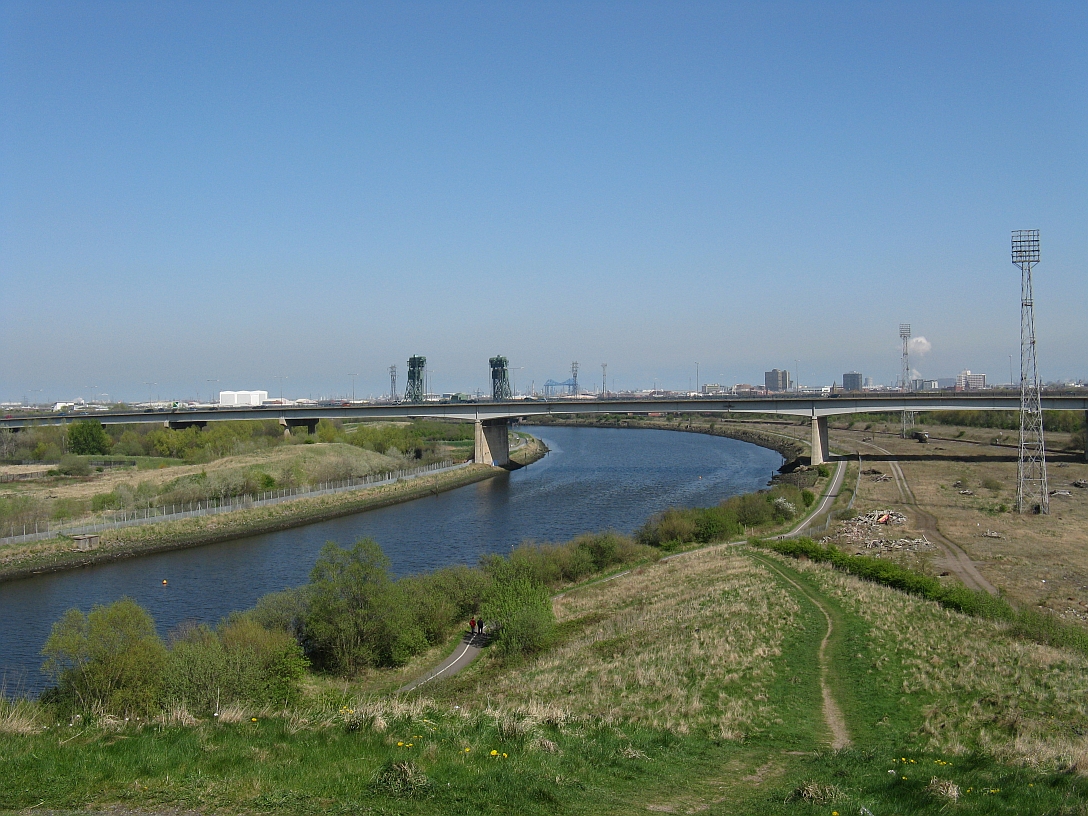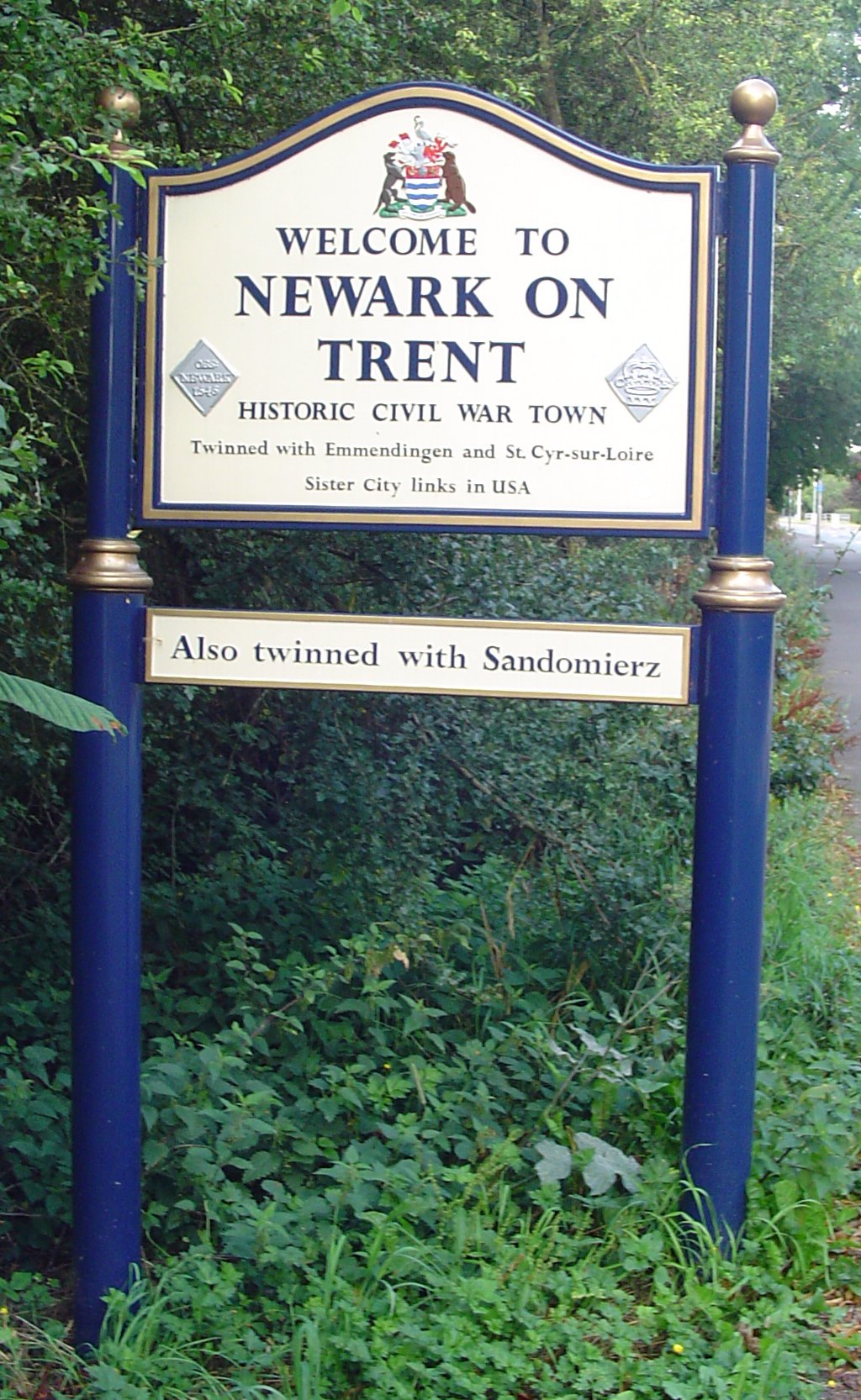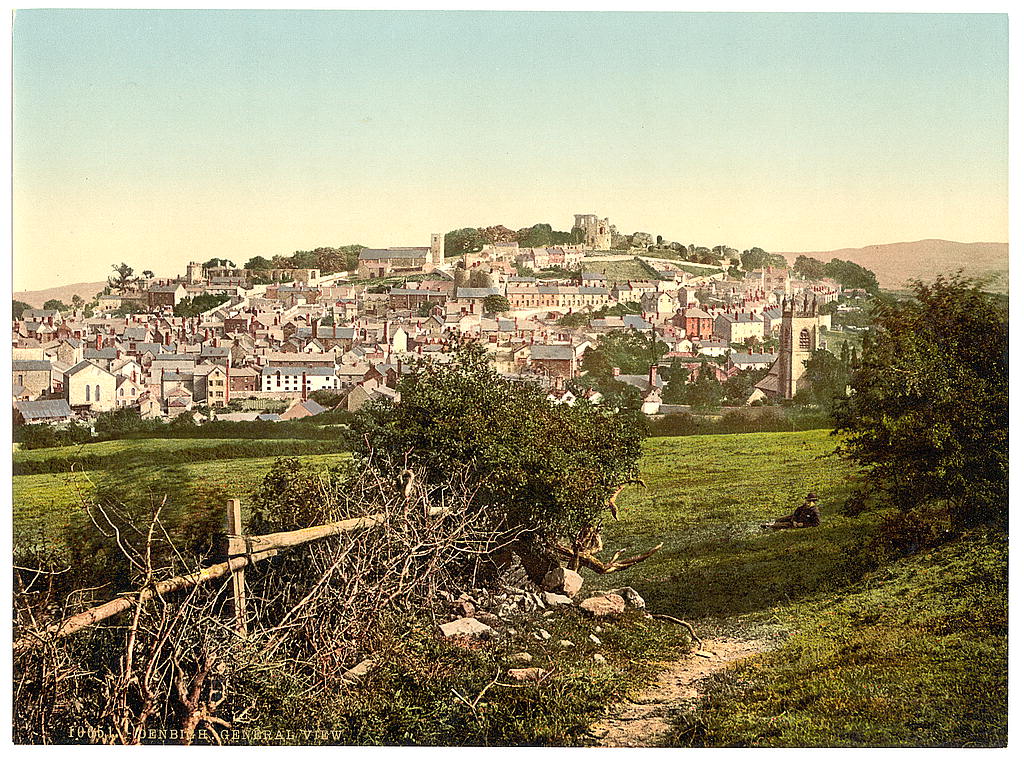|
Battle Of Sherburn In Elmet
The Battle of Sherburn in Elmet was an action fought towards the end of the First English Civil War. A detachment of the English Royalist army led by Lord Digby, King Charles I's Secretary of State, was making a belated attempt to reach Scotland and join forces with the Scottish Royalists. As they moved north through Yorkshire, they were pursued by a Parliamentarian force under Sydnam Poyntz. Poyntz was unaware of the Royalists' position, and the Royalists took the opportunity to ambush and attack a small Parliamentarian detachment at night in the village of Sherburn in Elmet. However, the Royalists then mistook fleeing Parliamentarians for their own men and panicked. In the ensuing flight, several hundred Royalist prisoners were taken. The Parliamentarians also captured Digby's coach, which contained much compromising correspondence. Background In 1645 the Royalist cause suffered a series of disasters. On 14 June, the Parliamentarian New Model Army destroyed the King's ma ... [...More Info...] [...Related Items...] OR: [Wikipedia] [Google] [Baidu] |
First English Civil War
The First English Civil War took place in England and Wales from 1642 to 1646, and forms part of the 1639 to 1653 Wars of the Three Kingdoms. They include the Bishops' Wars, the Irish Confederate Wars, the Second English Civil War, the Anglo-Scottish war (1650–1652) and the 1649 to 1653 Cromwellian conquest of Ireland. Historians estimate that between 15% to 20% of all adult males in England and Wales served in the military between 1639 to 1653, while around 4% of the total population died from war-related causes. This compares to a figure of 2.23% for World War I, which illustrates the impact of the conflict on society in general and the bitterness it engendered. Conflict over the role of Parliament and religious practice dated from the accession of James VI and I in 1603. These tensions culminated in the imposition of Personal Rule in 1629 by his son, Charles I, who finally recalled Parliament in April and November 1640. He did so hoping to obtain funding that would en ... [...More Info...] [...Related Items...] OR: [Wikipedia] [Google] [Baidu] |
Siege Of Chester
The siege of Chester occurred over a 16-month period between September 1644 and February 1646 during the First English Civil War. In the engagement, Sir William Brereton and the Parliamentarians were ultimately successful in taking possession of the city and Royalist garrison commanded by Lord Byron. Although the siege spanned nearly one and a half years, the degree to which the city was confined varied in intensity. Throughout the 16-month time period, conflicts continued to occur between the Royalists and the Parliamentarians in Cheshire and during the spring and summer of 1645, the Royalists were successful in causing the Parliamentarians to temporarily lift the siege. Ultimately, however, the Parliamentarians enforced a total blockade and captured the city. Background At the outset of the English Civil War, Chester was held by forces loyal to King Charles. The city was especially important to the Royalists as its location on the River Dee and proximity to the Iris ... [...More Info...] [...Related Items...] OR: [Wikipedia] [Google] [Baidu] |
River Tees
The River Tees (), in Northern England, rises on the eastern slope of Cross Fell in the North Pennines and flows eastwards for to reach the North Sea between Hartlepool and Redcar near Middlesbrough. The modern day history of the river has been tied with the industries on Teesside in its lower reaches, where it has provided the means of import and export of goods to and from the North East England. The need for water further downstream also meant that reservoirs were built in the extreme upper reaches, such as Cow Green. Etymology The name ''Tees'' is possibly of Brittonic origin. The element ''*tēs'', meaning "warmth" with connotations of "boiling, excitement" (Welsh ''tes''), may underlie the name. ''*Teihx-s'', a root possibly derived from Brittonic ''*ti'' (Welsh ''tail'', "dung, manure"), has also been used to explain the name ''Tees'' (compare River Tyne). Geography The river drains and has a number of tributaries including the River Greta, River Lune, River Balder, ... [...More Info...] [...Related Items...] OR: [Wikipedia] [Google] [Baidu] |
Alexander Leslie, 1st Earl Of Leven
Alexander Leslie, 1st Earl of Leven (15804 April 1661) was a Scottish soldier in Swedish and Scottish service. Born illegitimate and raised as a foster child, he subsequently advanced to the rank of a Swedish Field Marshal, and in Scotland became Lord General in command of the Army of the Covenanters, a privy councillor, captain of Edinburgh Castle, Lord Balgonie and Earl of Leven. In England he commanded the Army of the Solemn League and Covenant and was senior commander of the Army of Both Kingdoms (1642–1647). Leslie served in the Thirty Years' War, the Bishops' Wars, and most of the English Civil War, fighting primarily in the First English Civil War. Leslie would live a long life, dying roughly at the age of 80 or 81. Early life Alexander Leslie was born in 1580 as an illegitimate son of George Leslie, a captain of Blair Castle, and a mother sometimes described as "a wench in Rannoch". He was a member of the Clan Leslie. At an early age, Alexander was fostered o ... [...More Info...] [...Related Items...] OR: [Wikipedia] [Google] [Baidu] |
Scottish Borders
The Scottish Borders ( sco, the Mairches, 'the Marches'; gd, Crìochan na h-Alba) is one of 32 council areas of Scotland. It borders the City of Edinburgh, Dumfries and Galloway, East Lothian, Midlothian, South Lanarkshire, West Lothian and, to the south-west, south and east, the English counties of Cumbria and Northumberland. The administrative centre of the area is Newtown St Boswells. The term Scottish Borders, or normally just "the Borders", is also used to designate the areas of southern Scotland and northern England that bound the Anglo-Scottish border. Geography The Scottish Borders are in the eastern part of the Southern Uplands. The region is hilly and largely rural, with the River Tweed flowing west to east through it. The highest hill in the region is Broad Law in the Manor Hills. In the east of the region, the area that borders the River Tweed is flat and is known as 'The Merse'. The Tweed and its tributaries drain the entire region with the river flowi ... [...More Info...] [...Related Items...] OR: [Wikipedia] [Google] [Baidu] |
David Leslie, 1st Lord Newark
David Leslie, 1st Lord Newark (c. 1600–1682) was a Scottish cavalry officer. He fought for the Swedish army of Gustavus Adolphus during the Thirty Years' War. He had entered Swedish service in 1630, serving as a captain in the regiment of Alexander Leslie (future Earl of Leven). He returned to Scotland just before the end of the Bishops' War, and participated in the English Civil War and Scottish Civil Wars. Early life David Leslie was the fifth son of Sir Patrick Leslie, 1st Lord Lindores, and Jean, daughter of Robert Stewart, 1st Earl of Orkney. Thirty Years War David Leslie was one of the Scots who transferred from Swedish to Russian service under Alexander Leslie of Auchintoul (not to be confused with Leven) in 1632 to participate in the Smolensk War and was mentioned by name in Leslie of Auchintoul's testimonial. David Leslie re-appeared in the Swedish army in 1634 where he served as a colonel and thereafter Field Marshal Johan Banér's adjutant-general with whom he pa ... [...More Info...] [...Related Items...] OR: [Wikipedia] [Google] [Baidu] |
Welbeck
Welbeck is a village in Nottinghamshire, England, slightly to the south-west of Worksop. The village population is included in the civil parish of Holbeck. Welbeck became a coal-mining centre in 1912 and has a famous stately home, Welbeck Abbey, home of the Dukes of Portland, and which was founded in the twelfth century as a monastery. The cricketer Ted Alletson, who held a batting world record for 50 years, is from Welbeck. Archduke Franz Ferdinand accepted an invitation from the Duke of Portland to stay at Welbeck Abbey and arrived with his wife, Sophie, by train at Worksop on 22 November 1913. This was almost a year before his assassination, which triggered the First World War. The Archduke narrowly avoided being killed in a freak hunting accident during his stay. Colliery The Welbeck Colliery operated from 1912 to 2011, with a maximum of 1,400 miners producing 1.5 million tons per year. It was eventually operated by UK Coal after the dissolution of the National Coal ... [...More Info...] [...Related Items...] OR: [Wikipedia] [Google] [Baidu] |
Council Of War
A council of war is a term in military science that describes a meeting held to decide on a course of action, usually in the midst of a battle. Under normal circumstances, decisions are made by a commanding officer, optionally communicated and coordinated by staff officers, and then implemented by subordinate officers. Councils of war are typically held when matters of great importance must be decided, consensus must be reached with subordinates, or when the commanding officer is unsure of his position. The classic council of war includes a discussion and then a vote, often taken without the senior commander present to influence or intimidate the subordinates. The tradition in such meetings is that the officers vote in reverse sequence of their seniority, with the junior officers voting first. In civilian usage, ''council of war'' can describe any important meeting, such as in business, that must reach a decision under the pressure of adverse conditions. A variation on the ... [...More Info...] [...Related Items...] OR: [Wikipedia] [Google] [Baidu] |
Newark-on-Trent
Newark-on-Trent or Newark () is a market town and civil parish in the Newark and Sherwood district in Nottinghamshire, England. It is on the River Trent, and was historically a major inland port. The A1 road (Great Britain), A1 road bypasses the town on the line of the ancient Great North Road (Great Britain), Great North Road. The town's origins are likely to be Roman Britain, Roman, as it lies on a major Roman road, the Fosse Way. It grew up round Newark Castle, Nottinghamshire, Newark Castle and as a centre for the wool and cloth trades. In the English Civil War, it was besieged by Roundheads, Parliamentary forces and Relief of Newark, relieved by Cavaliers, Royalist forces under Prince Rupert. Newark has a market place lined with many historical buildings and one of its most notable landmark is Church of St Mary Magdalene, Newark-on-Trent, St Mary Magdalene church with its towering spire at high and the highest structure in the town. The church is the tallest church in Nott ... [...More Info...] [...Related Items...] OR: [Wikipedia] [Google] [Baidu] |
Denbigh
Denbigh (; cy, Dinbych; ) is a market town and a community in Denbighshire, Wales. Formerly, the county town, the Welsh name translates to "Little Fortress"; a reference to its historic castle. Denbigh lies near the Clwydian Hills. History Denbigh Castle, together with its town walls, was built in 1282 by order of King Edward I. The Burgess Gate, whose twin towers adorn the symbol on Denbigh's civic seal, was once the main entrance into the town. The first borough charter was granted to Denbigh in 1290, when the town was still contained within the old town walls. It was the centre of the Marcher Lordship of Denbigh. The town was involved in the revolt of Madog ap Llywelyn in 1294–1295; the castle was captured in the autumn, and on 11 November 1294 a relieving force was defeated by the Welsh rebels. The town was recaptured by Edward I in December. Denbigh was also burnt in 1400 during the revolt of Owain Glyndŵr. During the Wars of the Roses (1455-1487), the town was ... [...More Info...] [...Related Items...] OR: [Wikipedia] [Google] [Baidu] |
Battle Of Philiphaugh
The Battle of Philiphaugh was fought on 13 September 1645 during the Wars of the Three Kingdoms near Selkirk in the Scottish Borders. The Royalist army of the Marquis of Montrose was destroyed by the Covenanter army of Sir David Leslie, restoring the power of the Committee of Estates. Prelude When the Covenanters became allies of the English Parliamentarians, Montrose was given a commission as King Charles's Lieutenant General in Scotland. He was able to raise an army consisting of regiments of Irish soldiers sent to Scotland by the Irish Confederates and shifting numbers of Highland clansmen. With these troops, Montrose had won a remarkable series of victories in the year preceding the Battle of Philiphaugh. The last of these was at Kilsyth, which destroyed the last Covenanter army in Scotland and put the lowland towns at his mercy. Montrose refused to allow his army to loot Glasgow Glasgow ( ; sco, Glesca or ; gd, Glaschu ) is the most populous city in ... [...More Info...] [...Related Items...] OR: [Wikipedia] [Google] [Baidu] |
Battle Of Marston Moor
The Battle of Marston Moor was fought on 2 July 1644, during the Wars of the Three Kingdoms of 1639 – 1653. The combined forces of the English Parliamentarians under Lord Fairfax and the Earl of Manchester and the Scottish Covenanters under the Earl of Leven defeated the Royalists commanded by Prince Rupert of the Rhine and the Marquess of Newcastle. During the summer of 1644, the Covenanters and Parliamentarians had been besieging York, which was defended by the Marquess of Newcastle. Rupert had gathered an army which marched through the northwest of England, gathering reinforcements and fresh recruits on the way, and across the Pennines to relieve the city. The convergence of these forces made the ensuing battle the largest of the civil wars. On 1 July, Rupert outmanoeuvered the Covenanters and Parliamentarians to relieve the city. The next day, he sought battle with them even though he was outnumbered. He was dissuaded from attacking immediately and during the day ... [...More Info...] [...Related Items...] OR: [Wikipedia] [Google] [Baidu] |





